
Stem cell therapy abroad involves traveling to a certified international clinic for regenerative treatments, often offering significant cost savings and access to protocols not yet widely available or approved in one's home country, particularly for chronic and degenerative conditions.
Stem cell therapy represents the cutting edge of regenerative medicine, offering hope for patients suffering from chronic illnesses, autoimmune disorders, and degenerative conditions. Due to regulatory differences and high domestic prices, millions of patients engage in medical tourism every year, seeking high-quality, specialized treatments in destinations like Mexico, Turkey, South Korea, and Japan. This comprehensive guide provides everything you need to know about navigating the landscape of stem cell treatments abroad, focusing on procedures, costs, risks, recovery, and how to choose a reliable provider.
Key Takeaways
-
Significant Savings: Patients can expect cost savings ranging from 40% to 70% in Mexico and Turkey compared to the US, while Japan offers premium, research-backed protocols at a higher price point.
-
Regulatory Access: Many international destinations offer access to expanded Mesenchymal Stem Cell (MSC) protocols, particularly for conditions like multiple sclerosis, lupus, and orthopedic injuries. Japan utilizes a unique fast-track approval system for regenerative medicine.
-
Cost Range: A comprehensive course of stem cell therapy for autoimmune or neurological conditions typically costs between $15,000 and $35,000 in destinations like Mexico and Turkey, but can range significantly higher, up to $75,000, in high-end Japanese centers.
-
Safety Priority: The primary risks abroad are linked to unproven protocols, non-regulated clinics, and travel-related infections; choosing a certified, transparent clinic is paramount.
|
Procedure Type |
Estimated Cost Range (USD) |
Country Example |
|---|---|---|
|
Orthopedic (Joint) |
$7,000 – $25,000 |
Mexico / Turkey / Japan |
|
Autoimmune/Neurological |
$15,000 – $75,000+ |
Mexico / Korea / Japan |
|
Cosmetic / Anti-Aging |
$5,000 – $12,000 |
Turkey / Korea / Japan |
Understanding Stem Cell Therapy and Medical Tourism
Stem cell therapy utilizes the body's natural healing abilities by introducing living cells to repair damaged tissue, modulate the immune system, or stimulate regeneration.
What Are Stem Cells and How Do They Work?
Stem cells are the body’s master cells. They are unique in two fundamental ways: they can self-renew (make copies of themselves) and they can differentiate (turn into other specialized cell types, such as bone cells, heart cells, or nerve cells).
The most commonly used type in medical tourism and regenerative medicine is the Mesenchymal Stem Cell (MSC), often sourced from adipose tissue (fat), bone marrow, or umbilical cord tissue. MSCs are valued not just for their ability to repair tissue but also for their potent anti-inflammatory and immunomodulatory properties—meaning they can help regulate an overactive immune system, which is crucial for treating autoimmune diseases.
Why Choose Stem Cell Treatment Abroad?
Access to advanced, expanded protocols, high-quality care, and significant cost savings are the main drivers for seeking stem cell treatment in international medical hubs.
The practice of traveling internationally for regenerative treatments is often dubbed "stem cell tourism." While the term sometimes carries a negative connotation due to unregulated clinics, reputable medical tourism platforms like PlacidWay connect patients with fully certified international facilities for three main reasons:
-
Cost-Effectiveness: The cost of advanced therapies in the US or Western Europe can be prohibitively expensive, ranging up to $100,000. Abroad, the same high-quality procedures are often available for a fraction of the price (especially in Mexico and Turkey).
-
Regulatory Access: In certain countries (including Mexico and Japan), regulations allow for expanded use of adult stem cells (like MSCs) and high-dose protocols that are still confined to clinical trials in other nations. This means patients with progressive conditions can access treatment sooner.
-
Specialized Expertise: Centers in countries like Mexico, South Korea, and Japan often specialize exclusively in regenerative protocols, performing a high volume of specific treatments, leading to world-class expertise in those fields.
Expert Insight: The FDA's only approved stem cell therapy for non-hematological conditions involves Hematopoietic Stem Cell Transplantation (HSCT) for certain blood cancers. Almost all other regenerative treatments involving MSCs are considered experimental in the US, driving patients to established, regulated international clinics.
Key Medical Tourism Destinations for Stem Cells
Mexico, Turkey, South Korea, and Japan each offer unique advantages, from cost-effective autoimmune protocols to advanced, research-backed therapies.
Stem Cell Therapy in Mexico
Mexico is considered a global leader in regenerative medicine, particularly for autoimmune diseases and neurological conditions, due to its well-defined regulatory framework (COFEPRIS) and high cell viability standards.
Mexico has carved out a strong reputation, especially along the border and in hubs like Puerto Vallarta and Tijuana, for providing certified and effective stem cell treatments for autoimmune conditions such as Multiple Sclerosis (MS), Rheumatoid Arthritis, and Systemic Lupus Erythematosus (SLE).
Key Advantages:
-
Established Regulation: Clinics often operate under strict governmental guidelines (COFEPRIS), ensuring standards for cell handling, viability (often guaranteeing 97-99% viability), and application.
-
Proximity to the US: For many American patients, the convenience of traveling to Mexico is a major draw.
-
Focus on MSCs: Protocols heavily utilize allogeneic mesenchymal stem cells derived from umbilical cord tissue for their powerful immunomodulatory effects.
Stem Cell Therapy in Turkey
Turkey is a rapidly growing medical tourism hub, offering a broad range of cosmetic and orthopedic stem cell procedures at highly competitive prices.
Located at the crossroads of Europe and Asia, Turkey provides a unique mix of advanced technology and highly affordable pricing. While its regulatory landscape is still maturing compared to Mexico's specialized focus, Turkish clinics are excellent choices for:
-
Orthopedic Injuries: Treatment of knee arthritis, back pain (degenerative disc disease), and sports injuries using fat-derived autologous stem cells (cells harvested from the patient's own body).
-
Cosmetic Treatments: Stem cell facials and hair restoration (stem cell scalp therapy) are extremely popular, often bundled with other cosmetic procedures.
-
Accessibility: Excellent flight connections and a state-of-the-art private hospital system make the travel process smooth.
Stem Cell Therapy in South Korea
South Korea is globally recognized for its advanced regenerative research and innovative use of autologous stem cells, often specializing in high-end orthopedic and anti-aging treatments.
South Korea’s stringent regulatory system and its focus on technological innovation place it at the high-end of medical tourism. Korean clinics typically lead in:
-
Clinical Trials & Novel Procedures: Early adoption of treatments that are still in preliminary research stages elsewhere, such as specific protocols for cardiovascular disease and neurological repair.
-
Quality Assurance: Given the nation's strong emphasis on medical technology, facilities boast cutting-edge laboratory procedures for stem cell isolation, expansion, and quality control.
-
High-Volume Orthopedics: Similar to Turkey, Korea excels in orthopedic regenerative therapy but often integrates proprietary cell expansion techniques to achieve higher cell counts.
Stem Cell Therapy in Japan
Japan is a world leader in regenerative medicine research, known for its robust and fast-track regulatory system that allows early access to certain high-quality, high-cost therapies and clinical studies.
Japan has pioneered regulatory reforms with the Act on the Safety of Regenerative Medicine, creating a unique environment where certain regenerative therapies can be conditionally approved for commercial use sooner than in many other countries. This focus on accelerating research into clinical application makes Japan a prime destination, particularly for those seeking the latest, most advanced protocols backed by extensive scientific rigor, though this comes at a premium price.
Key Advantages:
-
Advanced Regulatory Framework: Japan’s government actively supports and regulates regenerative medicine, ensuring high standards for cell processing and clinical delivery.
-
High-Quality Research: Clinics often work closely with university research centers, offering treatments based on the latest Japanese research into induced pluripotent stem cells (iPSCs) and advanced autologous MSC expansion.
-
Specialization: Focus on orthopedic repair, anti-aging, and novel protocols for conditions like spinal cord injuries and neurological diseases.
Key Consideration: While the quality is top-tier, the cost of stem cell treatment in Japan is often comparable to or sometimes higher than treatments in the US or Europe, due to the high operational costs and specialized nature of the procedures.
Procedures and Conditions Treated
Stem cell therapy is primarily applied in orthopedics to repair joints, and systemically to modulate the immune response in chronic or autoimmune diseases.
Common Stem Cell Procedures
The variety of conditions treated is extensive, but the methods of delivery and cell sources generally fall into a few key categories:
|
Procedure Name |
Target Conditions |
Cell Source |
Delivery Method |
|---|---|---|---|
|
Intravenous Infusion |
Multiple Sclerosis, Lupus, Diabetes Type 1, Chronic Fatigue, general anti-aging |
Allogeneic MSCs (Umbilical Cord) |
IV drip over 30–60 minutes |
|
Intra-Articular Injection |
Osteoarthritis (Knee, Hip, Shoulder), sports injuries, ligament tears |
Autologous (Bone Marrow/Fat-derived) or Allogeneic MSCs |
Direct injection into the joint space |
|
Intrathecal Injection |
Spinal Cord Injury, ALS, advanced neurological disorders |
Allogeneic MSCs |
Injection into the spinal canal (epidural or lumbar puncture) |
|
HSCT |
Hematologic Malignancies, severe Autoimmune Disease (e.g., MS) |
Hematopoietic Stem Cells (Bone Marrow/Blood) |
IV infusion after chemotherapy |
Did You Know?
The use of exosomes—tiny vesicles released by stem cells—is a rapidly emerging area in regenerative tourism. Exosomes carry regenerative signals and are increasingly being used as a cell-free alternative in clinics abroad for their regenerative and anti-inflammatory benefits.
Detailed Overview of Stem Cell Treatment Costs
The total cost of treatment abroad includes the procedure, consultation, lab fees, and logistics (travel, accommodation), but remains dramatically lower than in regulated Western markets.
The price of stem cell therapy is not fixed; it is highly dependent on the cell count, the source of the cells (autologous vs. allogeneic), the complexity of the condition, and the number of treatments/sessions required.
Cost Factors That Influence Price:
-
Cell Source & Type: Allogeneic (donor) cells often involve higher lab processing costs than autologous (patient’s own) cells.
-
Cell Dose: A higher cell count (e.g., 100 million vs. 300 million cells) significantly increases the overall price due to required lab expansion time and resources.
-
Clinic Reputation & Location: Highly specialized, internationally accredited clinics in prime locations charge a premium.
-
Inclusions: Packages covering flights, accommodation, translation, and local transport will naturally be more expensive than procedure-only costs.
The table below details the typical procedure-only costs in major medical tourism destinations for stem cell therapy.
Average Stem Cell Therapy Costs by Destination (USD)
|
Procedure / Condition |
Mexico (USD) |
Turkey (USD) |
South Korea (USD) |
Japan (USD) |
|---|---|---|---|---|
|
General Joint Injection (Single Site) |
$7,000 – $12,000 |
$5,500 – $9,000 |
$8,000 – $15,000 |
$15,000 – $25,000 |
|
Systemic Autoimmune Therapy (Initial Course) |
$18,000 – $27,500 |
$15,000 – $25,000 |
$20,000 – $35,000 |
$30,000 – $55,000 |
|
Neurological Conditions (e.g., Early MS) |
$20,000 – $35,000 |
$17,000 – $30,000 |
$25,000 – $40,000+ |
$40,000 – $75,000+ |
|
Hair Restoration / Scalp Therapy |
N/A (Less common focus) |
$2,000 – $5,000 |
$2,500 – $6,000 |
$5,000 – $12,000 |
|
HSCT for MS (Comprehensive Package) |
$45,000 – $65,000 |
N/A (Limited specialized centers) |
N/A (Limited specialized centers) |
N/A (Focus on research) |
Note: These figures represent estimated costs for the treatment protocol only. Patients traveling to Mexico for chronic conditions can generally save 40%–60% compared to out-of-pocket costs for unapproved US treatments, while Japan represents a premium tier focused on advanced technology and research protocols.
What to Expect: Risks, Recovery, and Aftercare
While stem cell therapy is generally safe, patients must be aware of potential risks, especially when dealing with unregulated clinics, and should plan for a structured recovery period.
Potential Risks and Safety Concerns
The main safety risks in stem cell tourism are related to infection, the regulatory status of the cells used, and potential adverse reactions specific to the procedure.
Traveling for any medical procedure introduces a layer of complexity. The risks associated with stem cell therapy itself can be categorized as follows:
-
Infection and Contamination: This is the most serious immediate risk. Unregulated labs may have poor sterility standards, leading to bacterial or fungal infections at the injection site or systemically.
-
Tumorigenesis (Tumor Growth): A theoretical, but extremely rare, risk, particularly when using improperly differentiated or high-risk cell types (like unregulated embryonic stem cells, which reputable clinics avoid).
-
Immune Rejection: Using allogeneic (donor) cells carries a small risk of the body recognizing them as foreign. Reputable clinics mitigate this by using immune-privileged cells (like umbilical cord-derived MSCs) which have a low risk of rejection.
-
Unproven Efficacy: The risk of paying a significant sum for a treatment that yields little to no benefit, which is common in clinics making overly aggressive claims.
Mitigation: Always verify the clinic's accreditation (e.g., COFEPRIS in Mexico, JCI certification in Turkey/Korea, or specific regulatory registration in Japan), the source of their cells, the cell viability percentage, and ask for detailed peer-reviewed data supporting the protocols.
Recovery Timeline and Long-Term Care
Recovery is typically rapid for non-invasive delivery methods like IV infusion, while invasive procedures like bone marrow aspiration require several days of rest and limited activity.
The recovery process varies dramatically based on the type of cell harvesting and delivery method used:
-
Autologous (Bone Marrow Aspiration): Expect mild to moderate pain at the aspiration site (usually the hip bone) for 3–5 days. Activity is restricted for the first 48 hours.
-
Intravenous (IV) Infusion: This is minimally invasive. Most patients experience mild side effects, such as temporary fever, headache, fatigue, or malaise, which resolve within 24–48 hours. Patients are typically mobile the next day.
-
Intra-Articular (Joint Injections): Patients may feel localized pain, swelling, and redness at the injection site for up to a week. Physicians often recommend limited weight-bearing activity for 1–2 weeks to allow the cells to settle and begin the regenerative process.
Long-Term Aftercare:
-
Monitoring: Long-term success relies on ongoing monitoring by the patient’s home physician, often including follow-up blood work and imaging studies.
-
Lifestyle: Many clinics emphasize that stem cell therapy is not a standalone cure but a component of a holistic regenerative plan, requiring complementary treatments such as physical therapy, dietary changes, and vitamin regimens.
-
Travel Restriction: If you undergo a high-intensity procedure like HSCT (Hematopoietic Stem Cell Transplant), travel is typically restricted for 6 to 12 months post-procedure due to a weakened immune system, requiring strict attention to food and travel hygiene.
Did You Know?
Many clinics in Mexico use Platelet-Rich Plasma (PRP) therapy alongside stem cells to further enhance healing. PRP contains growth factors that act as a natural fertilizer, encouraging the newly introduced stem cells to thrive.
Candidate Eligibility and Preparation
Eligibility is strictly based on a thorough medical review, and preparation involves detailed health assessments and cessation of specific medications.
Who Is a Candidate for Stem Cell Therapy Abroad?
Not every patient is eligible. Reputable international clinics have stringent criteria to ensure safety and maximize the chance of a positive outcome.
General Exclusion Criteria:
-
Active cancer or a history of certain cancers (due to the theoretical risk of stimulating tumor growth).
-
Severe active infection or sepsis.
-
Pregnancy or breastfeeding.
-
Severe co-morbidities (e.g., advanced heart failure, kidney failure) that make the procedure or travel high-risk.
Pre-Treatment Preparation:
-
Detailed Diagnostic Review: Clinics require full medical records, including recent blood panels, MRIs, and biopsy results.
-
Medication Washout: Patients are often required to temporarily stop anti-inflammatory medications (NSAIDs) and certain immune-suppressing drugs before and immediately after the procedure, as these can interfere with cell function.
-
Travel Logistics: Patients must secure necessary medical visas (if applicable) and comprehensive travel insurance that explicitly covers the necessary treatment and potential emergency evacuation.
Frequently Asked Questions (FAQ)
Is Stem Cell Therapy Abroad Legal and Regulated?
The legality and regulation vary significantly by country. In destinations like Mexico, specific stem cell procedures are legal and tightly regulated by federal health authorities like COFEPRIS. In Japan, treatments are regulated under the Act on the Safety of Regenerative Medicine, allowing accelerated clinical application. Clinics in all destinations must hold specific certifications. In contrast, treatments in the US are generally limited to approved clinical trials, which is why patients seek regulated, non-trial options abroad.
Is Stem Cell Treatment a Guaranteed Cure for My Condition?
No, stem cell treatment is not a guaranteed cure. It is a regenerative therapy aimed at promoting healing, reducing inflammation, managing symptoms, and improving quality of life. Reputable clinics never promise a cure, especially for progressive diseases like MS or ALS. Success is measured by the reduction of disease progression or the improvement in mobility and pain levels.
How Long Do the Effects of Stem Cell Therapy Last?
The duration of effects is highly variable, depending on the condition, the cell dosage, and patient lifestyle. For orthopedic issues, benefits can last 1–5 years or longer. For autoimmune conditions, the initial systemic effects often last 6–18 months, requiring follow-up infusions or "booster" treatments to maintain immune balance.
Are the Stem Cells Used Abroad Safe?
The vast majority of reputable clinics use Mesenchymal Stem Cells (MSCs) derived from the patient's own body (autologous) or from screened, ethically sourced umbilical cord tissue (allogeneic). These cells are generally considered safe. The risk lies with non-compliant, uncertified clinics that may use improperly characterized cells or questionable harvesting techniques, leading to contamination risks.
What Should I Ask a Foreign Clinic Before Booking?
You should ask: What is your accreditation status? What is the guaranteed cell viability count? What are the specific risks and potential side effects associated with my condition? Do you use autologous or allogeneic cells, and what is the source? What is included in the package cost, and what is the long-term follow-up plan?
Will My US or European Insurance Cover Stem Cell Treatment Abroad?
Generally, no. Since most regenerative stem cell protocols outside of approved HSCT are considered experimental by major insurance providers, they typically do not cover the costs, whether performed domestically or internationally. This is why patients seek the lower out-of-pocket costs available through medical tourism.
Ready to Explore Your Options with a Certified Partner?
Choosing the right international clinic is the most critical step in stem cell tourism. PlacidWay specializes in connecting patients with highly vetted, accredited, and regulated clinics in Mexico, Turkey, South Korea, Japan, and other top destinations. We ensure full transparency regarding cell sourcing, viability, and regulatory compliance.
Contact PlacidWay Today for a Free, No-Obligation Consultation.
Our experienced case managers will help you:
-
Review your medical history and determine treatment eligibility.
-
Compare specialized protocols and cost packages from multiple certified international providers.
-
Secure travel logistics, accommodation, and translation services for a safe and comfortable healing journey.
Start your regenerative journey with confidence. Request a personalized quote comparison now.


.png)
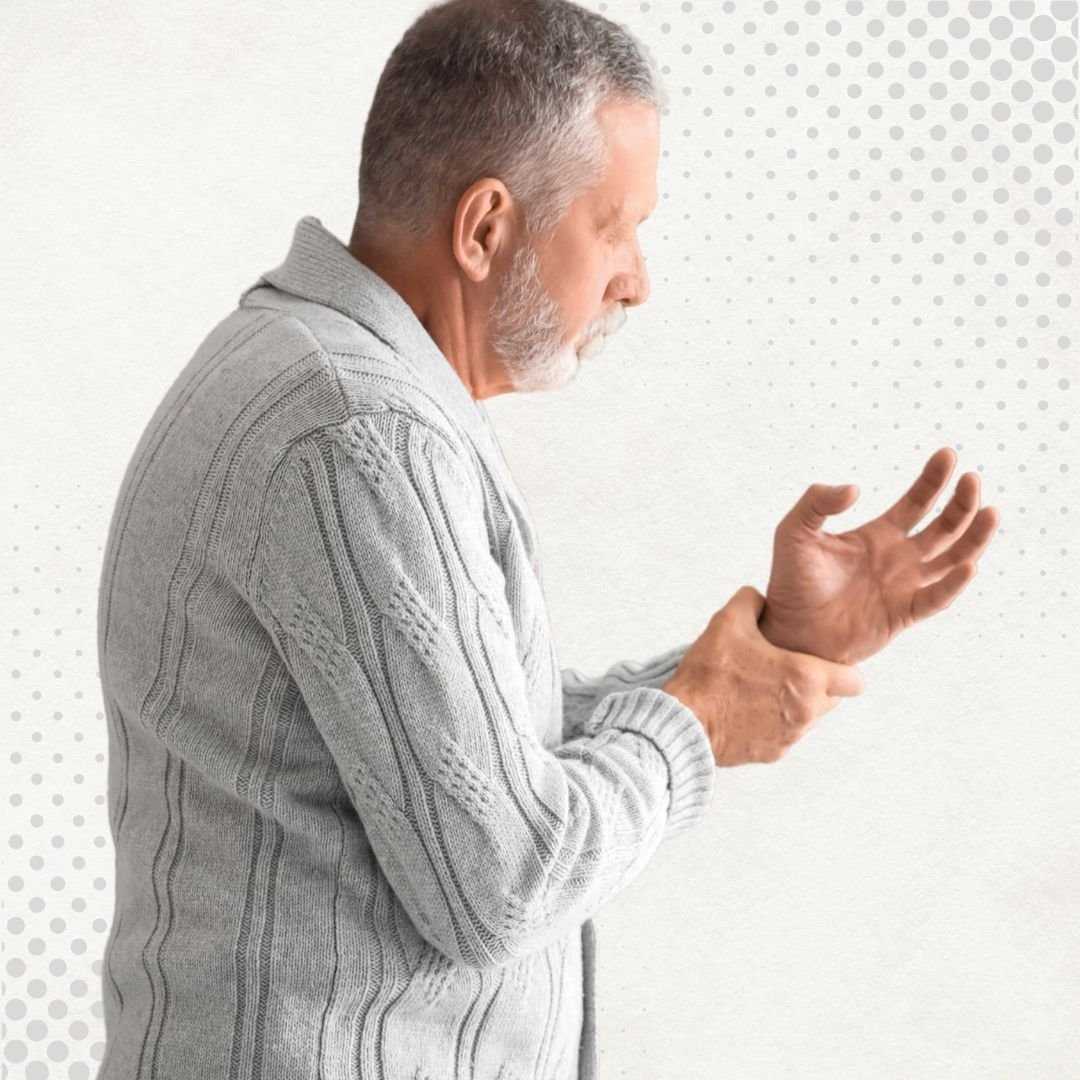


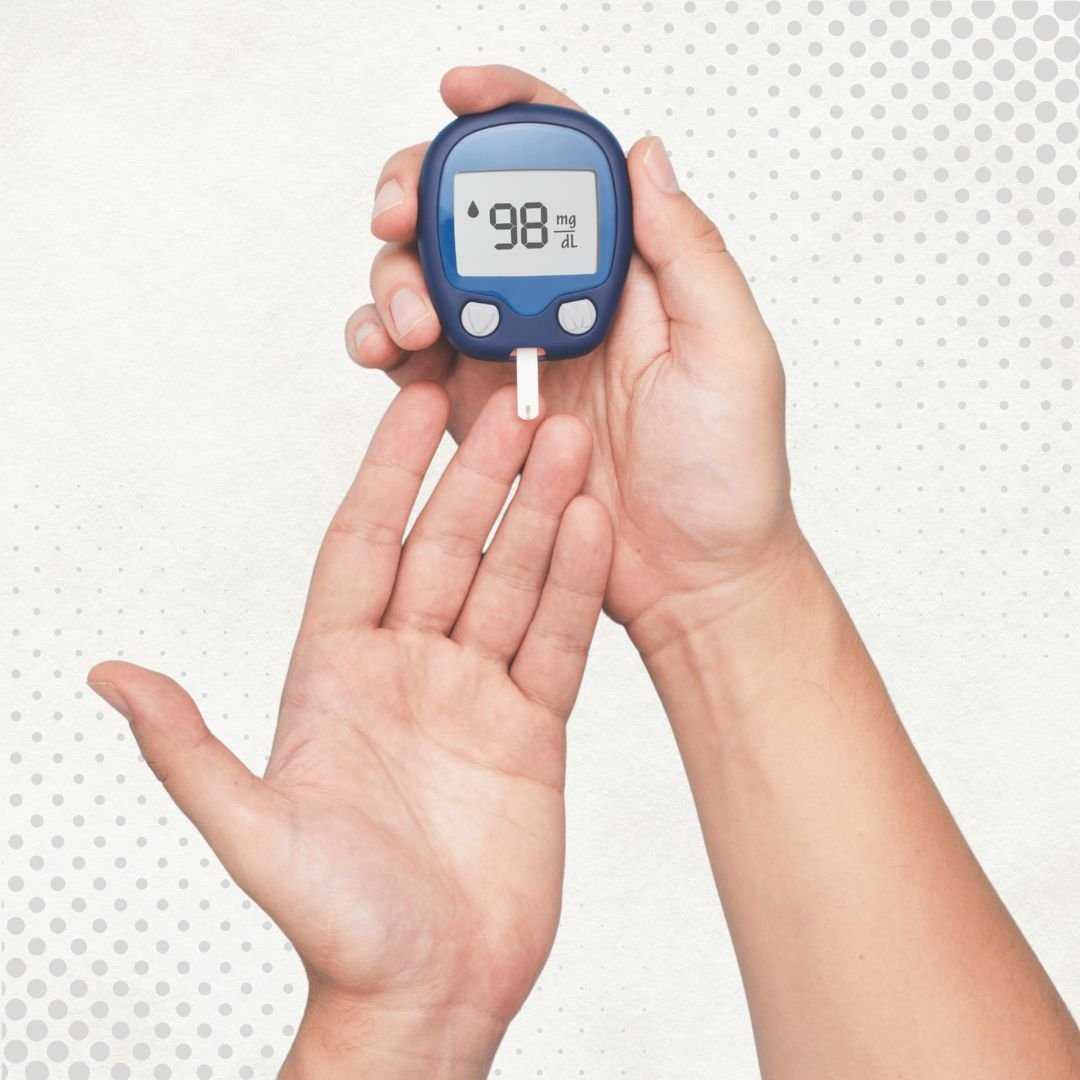
.png)
.png)
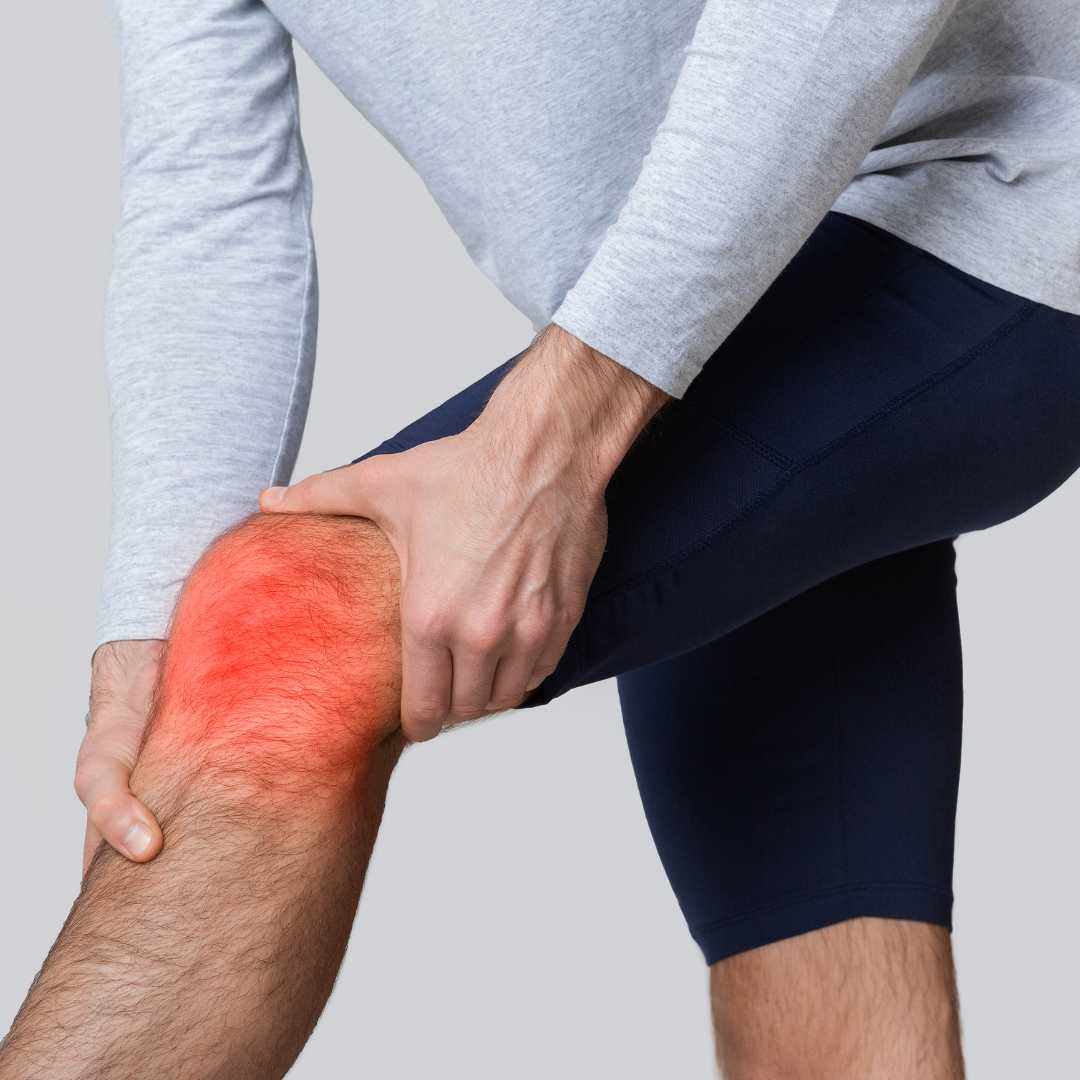
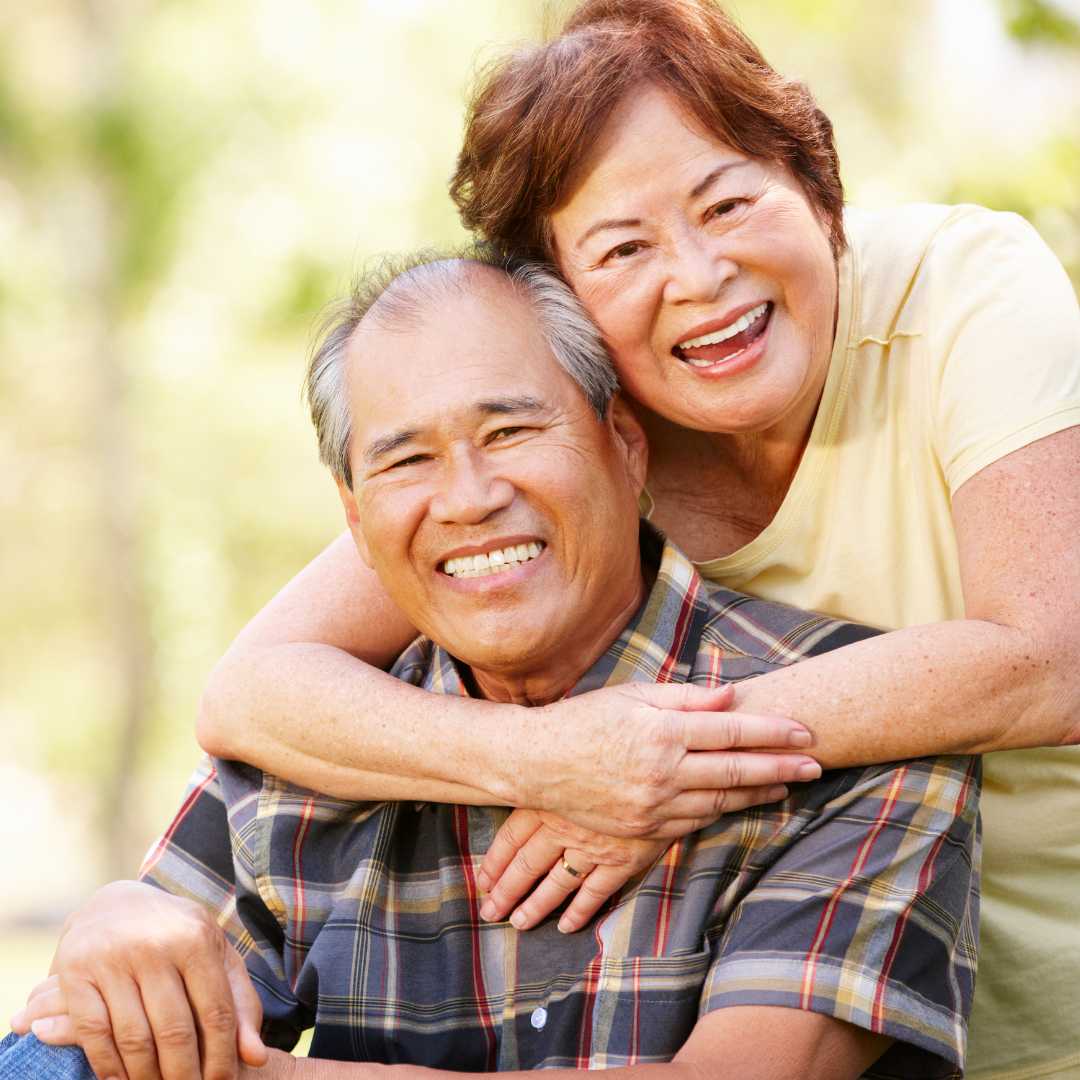

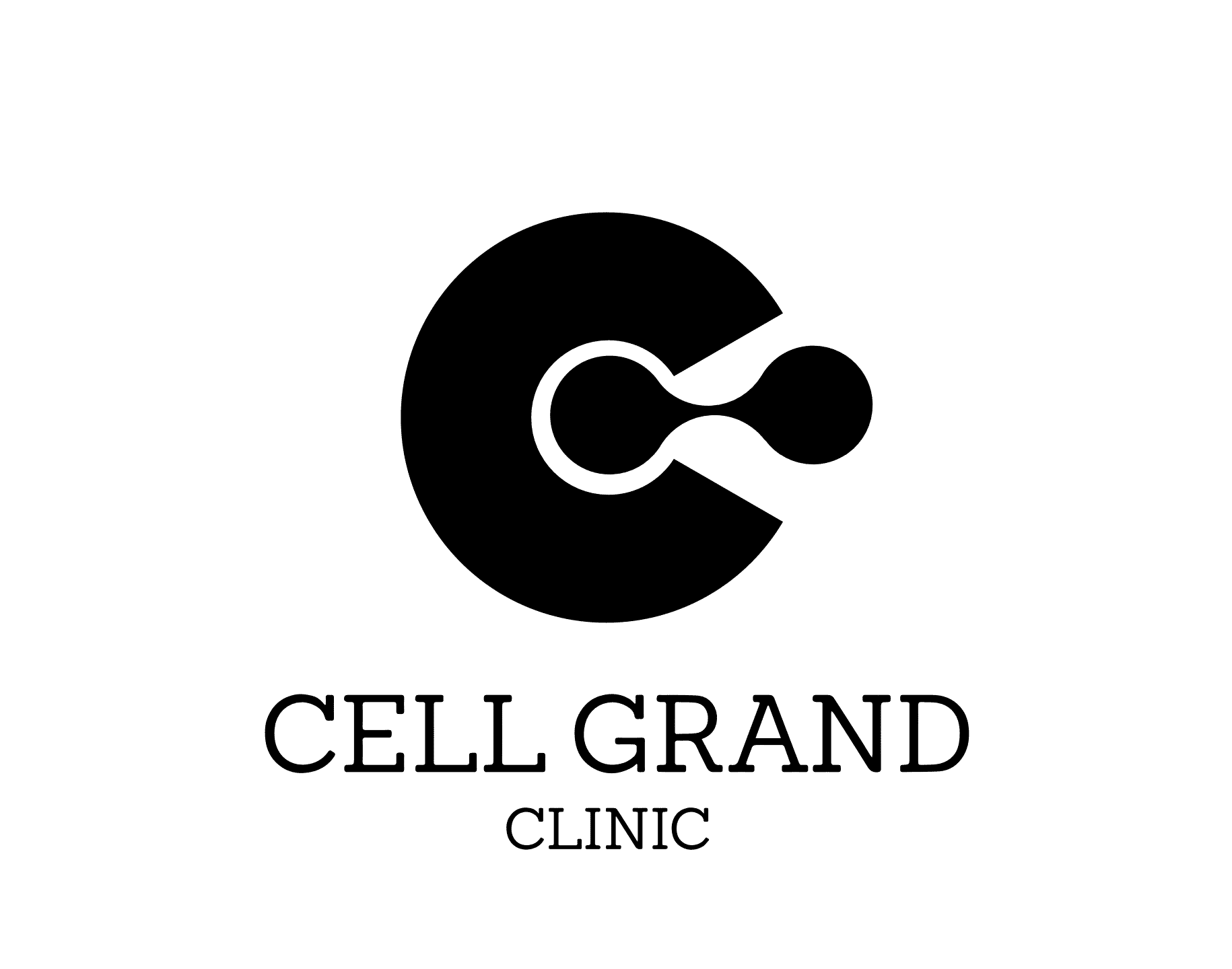
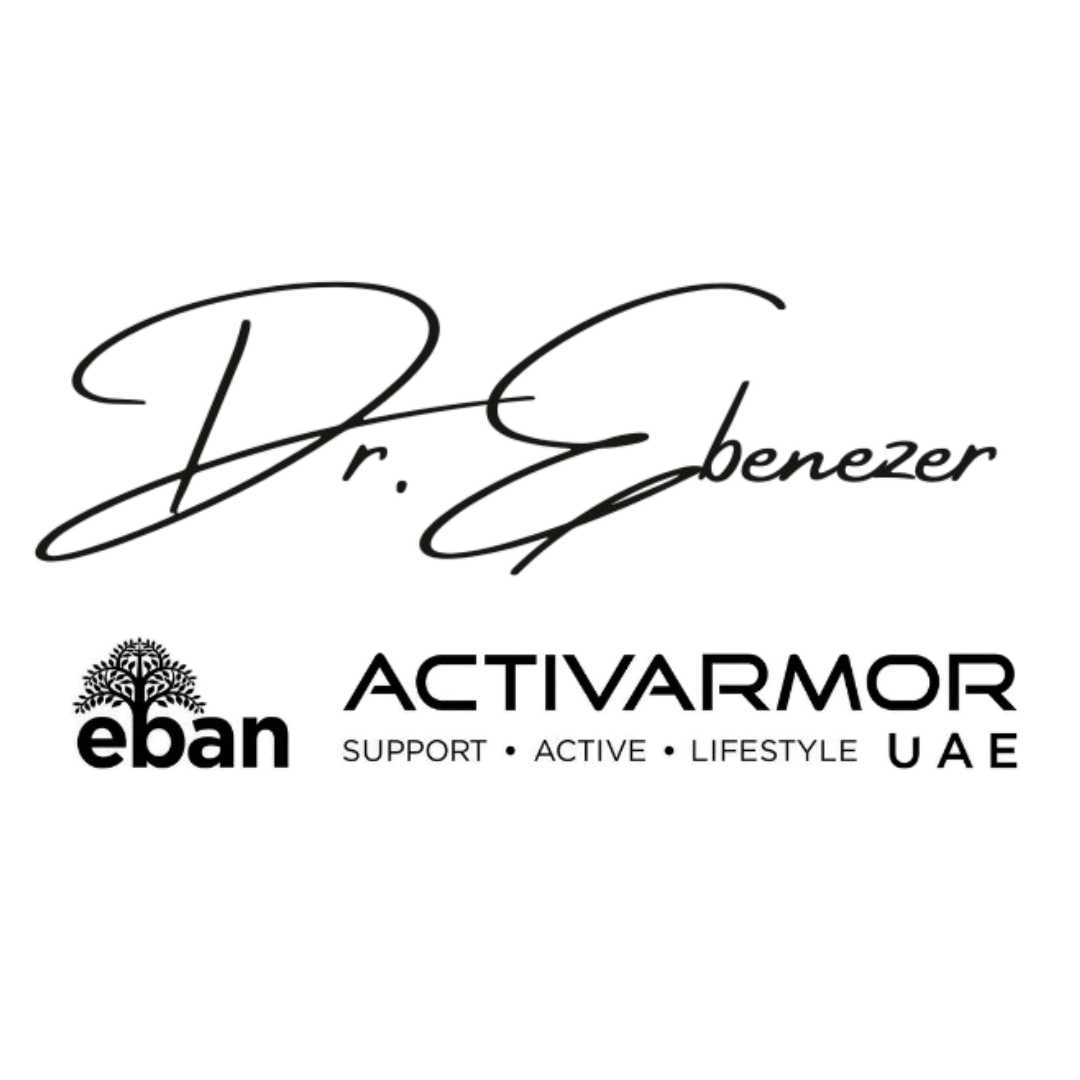
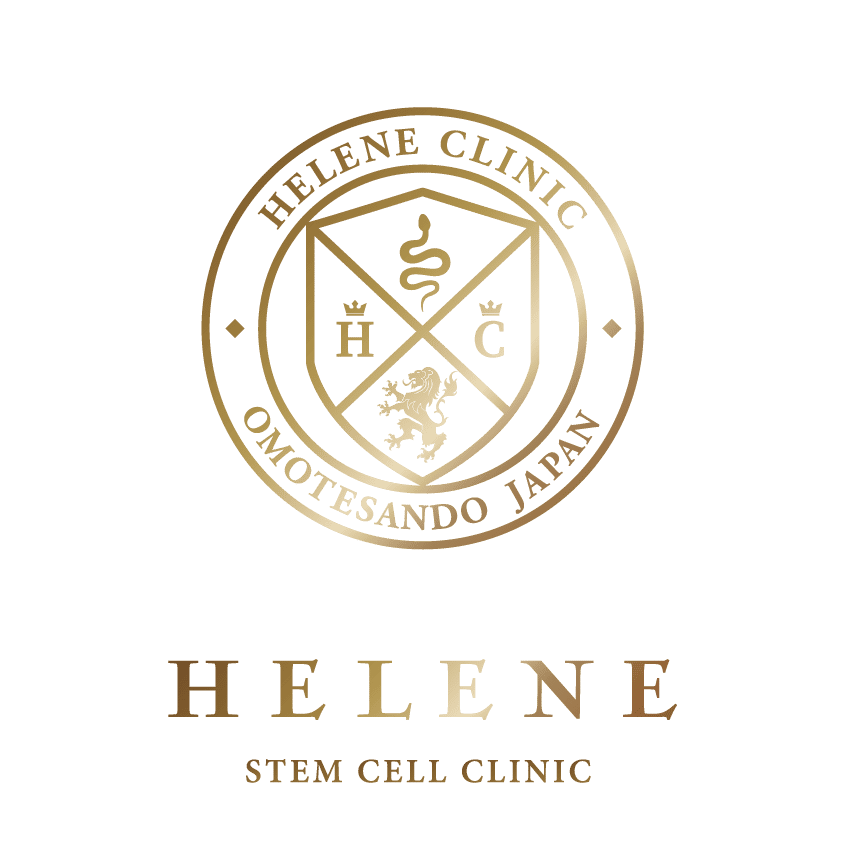

Share this listing